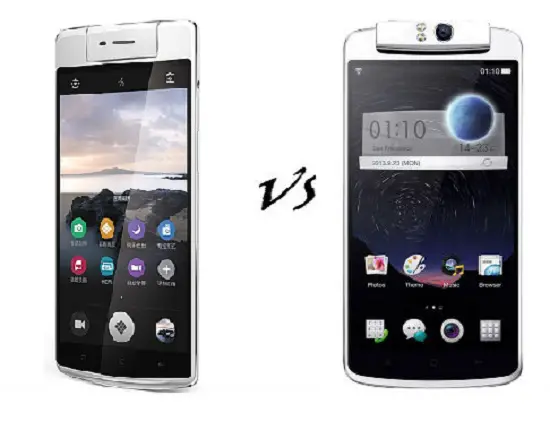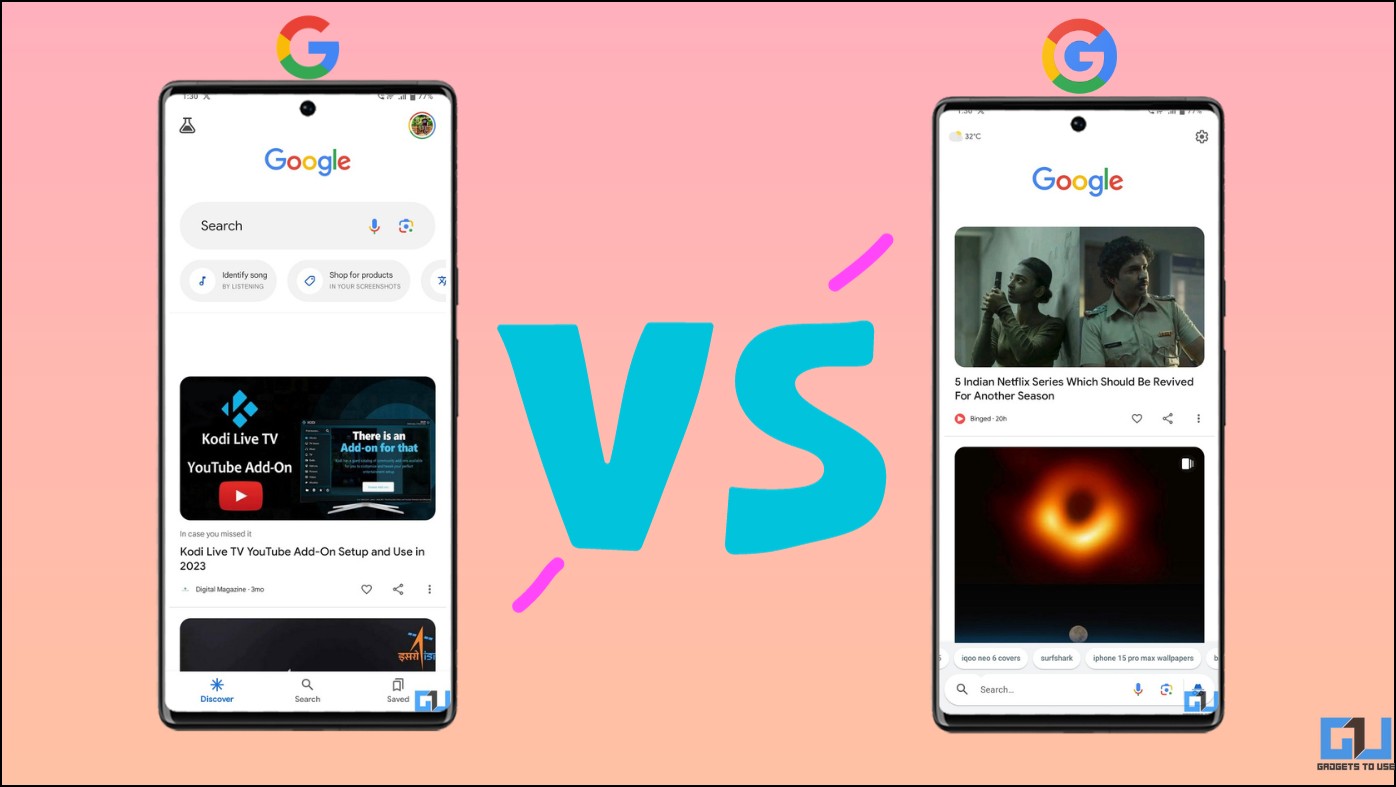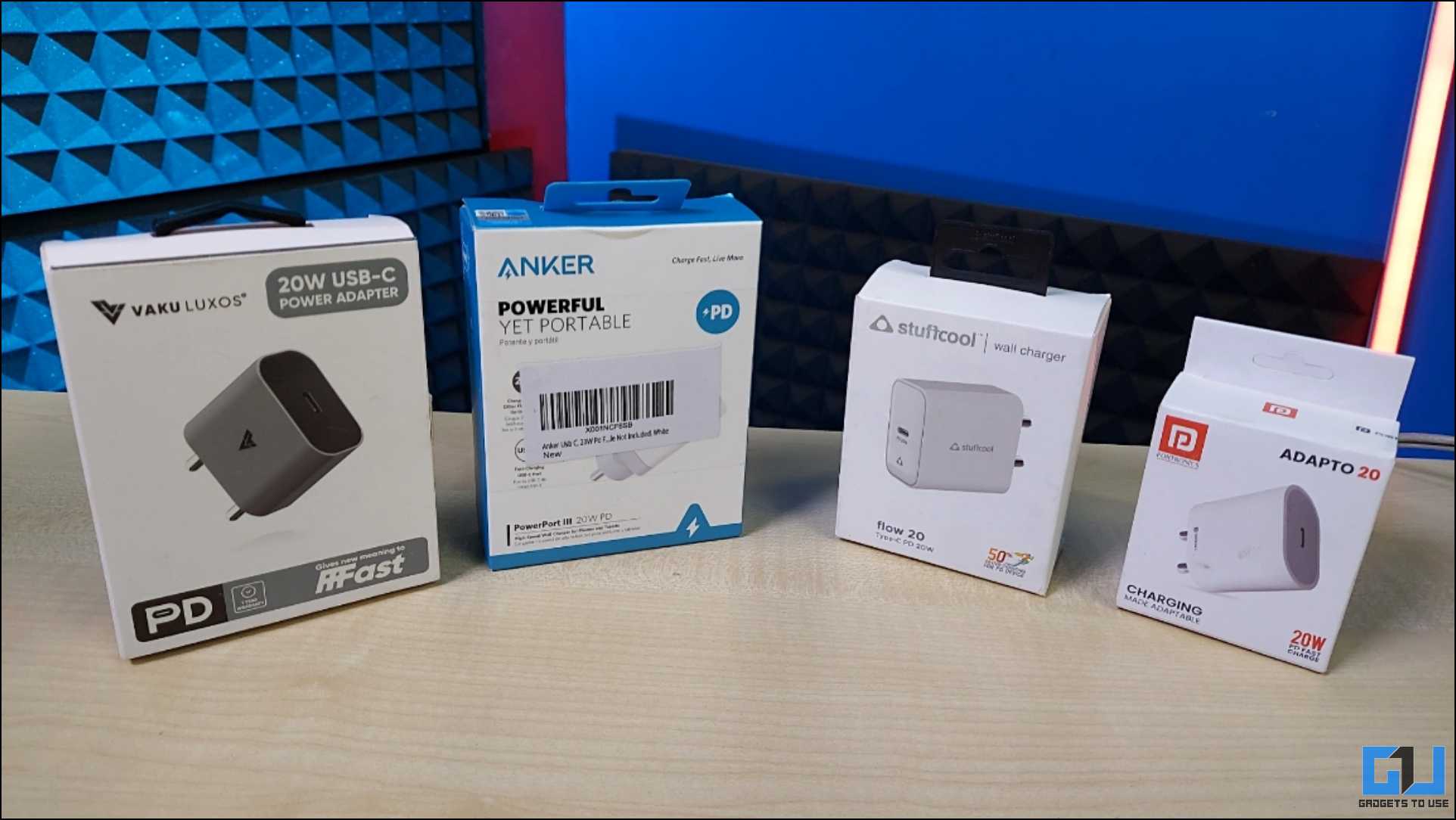After numerous leaks and speculations, the Oppo N3 is finally official with top tier specifications. The smartphone being the current flagship model comes equipped with great aspects that can enable it compete with premium devices launched by other vendors. If you are interested in this smartphone, here is a detailed comparison between the N3 and its predecessor, Oppo N1. Have a look at the comparison to understand how the N3 is better than the N1.
Display and Processor
The Oppo N3 flaunts a 5.5 inch IPS LCD display boasting a FHD screen resolution of 1920×1080 pixels that results in a pixel density of 403 pixels per inch. On the other hand, its predecessor, Oppo N1 is fitted with a larger 5.9 inch IPS LCD display that carries a similar FHD screen resolution of 1920×1080 pixels translating to 373 ppi pixel density. While there is not much difference in the pixel density, both the screens are capable of rendering decent content with vibrant colors and acceptable viewing angles respectively. Oppo N3 being more manageable in size will be preferable option for most.
In terms of hardware, the N3 employs a 2.3 GHz quad-core Qualcomm Snapdragon 801 processor paired with Adreno 330 graphics unit. In comparison, there is a 1.7 GHz quad-core Snapdragon 600 processor aided with Adreno 320 GPU in the N1. Obviously, the N3 with the Snapdragon 801 is better as the chipset supports integrated LTE, 4K video recording and better battery efficiency. Otherwise, both the handsets use 2 GB of RAM that can take charge of multi-tasking and smooth application handling.
Camera and Internal Storage
When it comes to camera, the latest offering comes with a 16 MP swivel camera with auto focus, dual LED flash, 4K video recording support and more. On the other hand, the N1 has a 13 MP rotating camera lens with auto focus, dual LED flash and support to FHD 1080p video recording. Both the snappers can rotate up to 206 degrees making it effortless to click self portrait shots at any angle. However, the rotating snapper on the N3 is motorized and it could be precisely rotated even to minute angles.
On the storage front Oppo N1 packs 16 GB and 32 GB of internal storage space, whereas its successor comes only with 32 GB of storage capacity. OPPO N3 has additional 64 GB MicroSD card support as well.
Battery and Features
In terms of battery, the Oppo N1 houses 3,610 mAh battery, whereas the N3 comes with a 3,000 mAh battery under its hood with the firm’s VOOC rapid charging tech that can recharge the battery quickly.
While the Oppo N1 is launched with Android 4.2 Jelly Bean OS and it is slated to receive the Color OS 2.0 based on Android 4.4 KitKat update soon. On the other hand, the Oppo N3 comes pre-installed with Color OS 2.0 based on Android 4.4 KitKat. Connectivity wise, they are pretty similar with the usually 4G, 3G, Wi-Fi, Bluetooth 4.0, GPS, NFC and USB OTG. Both the smartphones have a rear touch panel, but the one on the N3 doubles as a fingerprint scanner that will unlock the phone.
Key Specs
| Model | Oppo N3 | Oppo N1 |
| Display | 5.5 inch, FHD | 5.9 inch, FHD |
| Processor | 2.3 GHz Quad Core Snapdragon 801 | 1.7 GHz Quad Core Snapdragon 600 |
| RAM | 2 GB | 2 GB |
| Internal Storage | 32 GB, expandable | 16 GB/ 32 GB, Non-Expandable |
| OS | Android 4.4 KitKat | Android 4.2 Jelly Bean, Upgradeable to Android 4.4 KitKat |
| Camera | 16 MP Swivel | 13 MP Swivel |
| Battery | 3,000 mAh | 3,610 mAh |
Conclusion
Oppo N3 and Oppo N1 come packed with decent specifications, however the former being the latest entrant comes with step up aspects in almost all the segments. Primarily, its fingerprint scanner enables it to be a competitor to the other major flagship models available in the market. However, even if the fingerprint scanner does not entice you, the cool motorized rotating snapper probably will.



